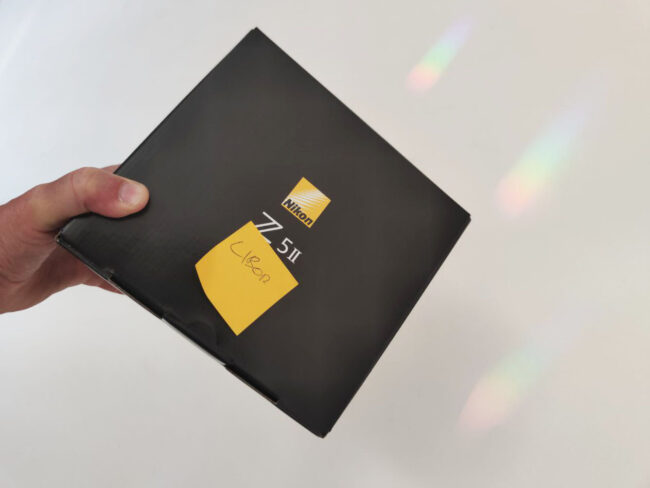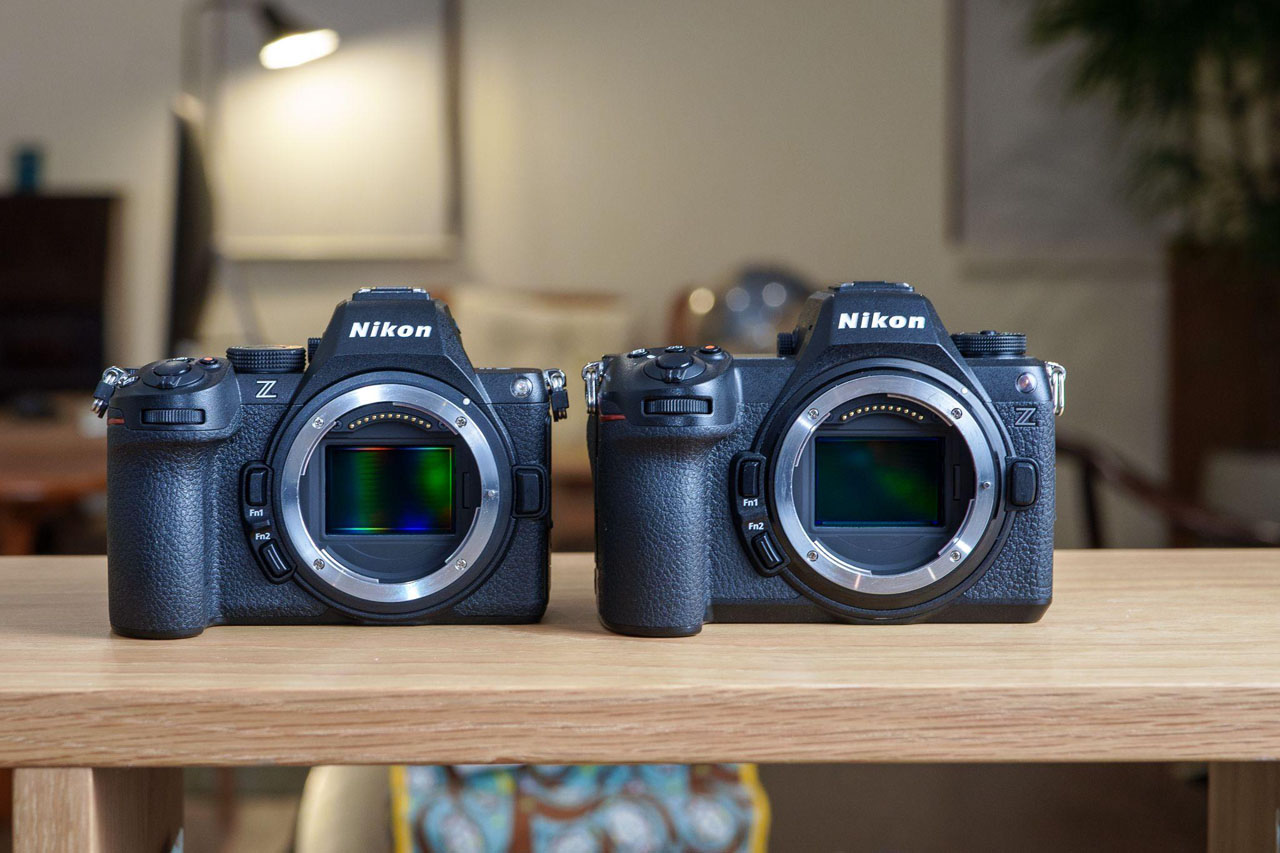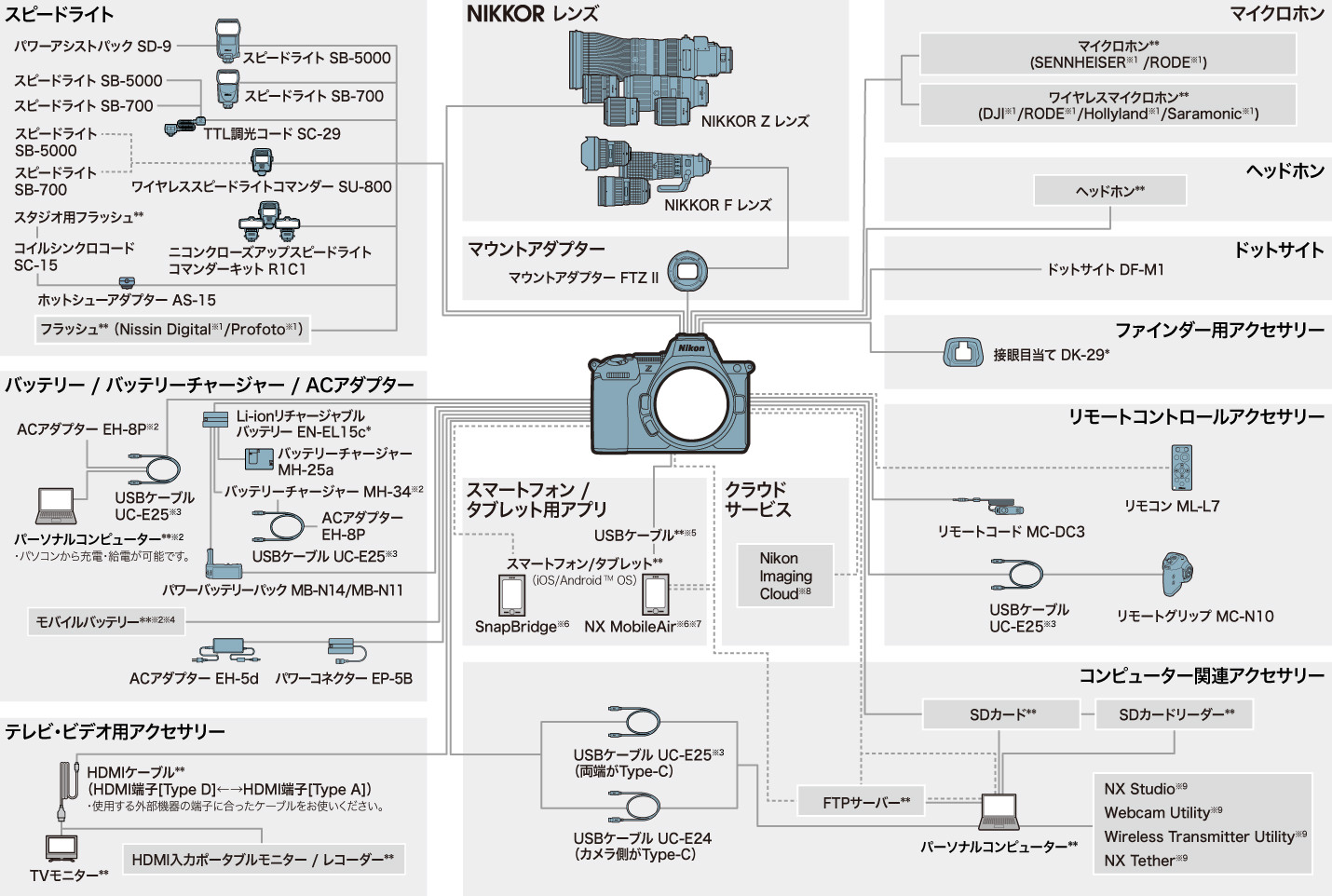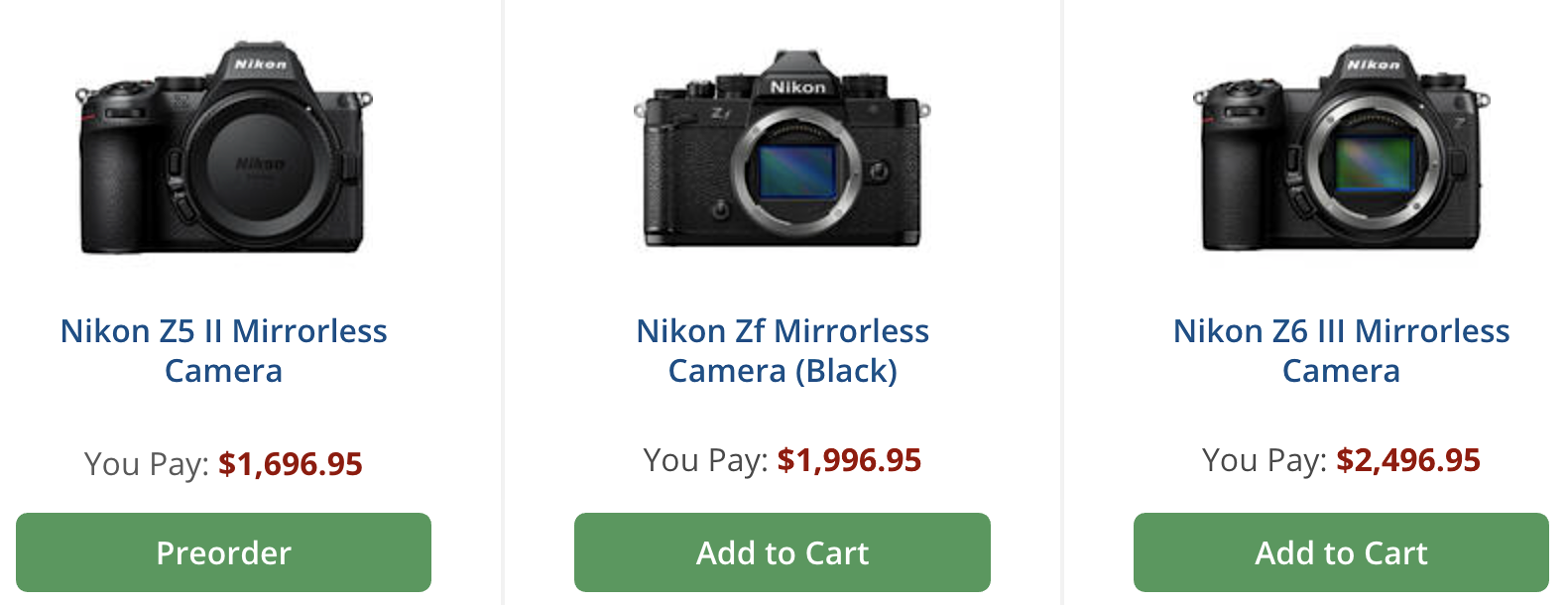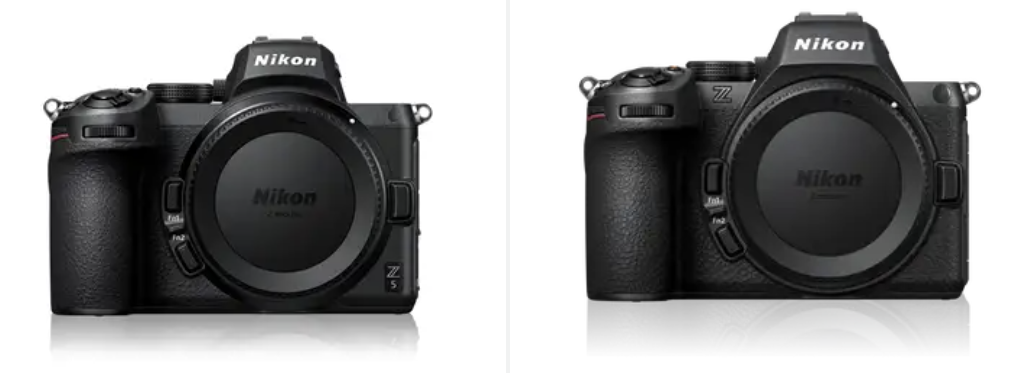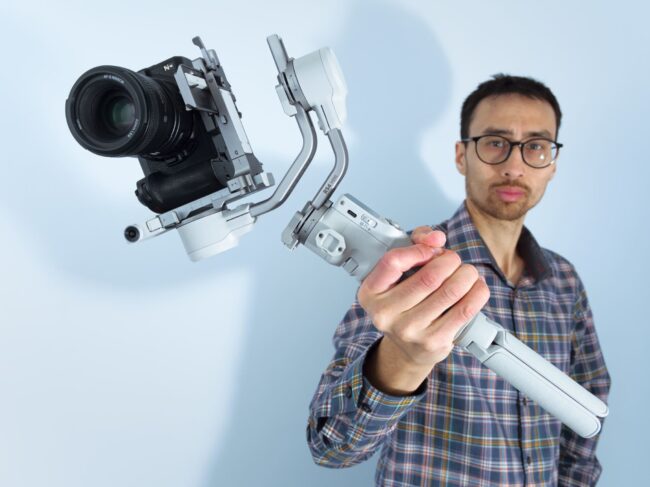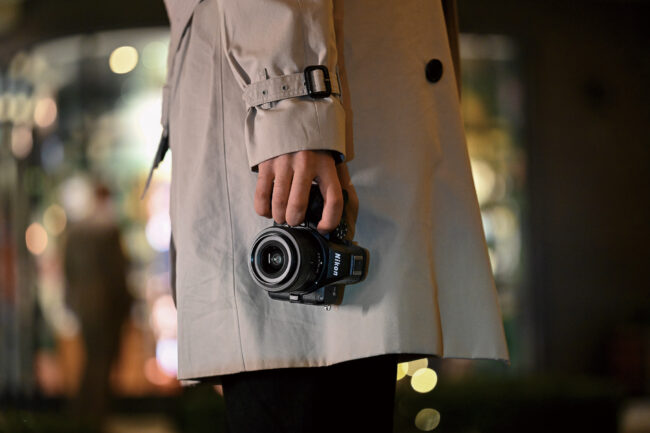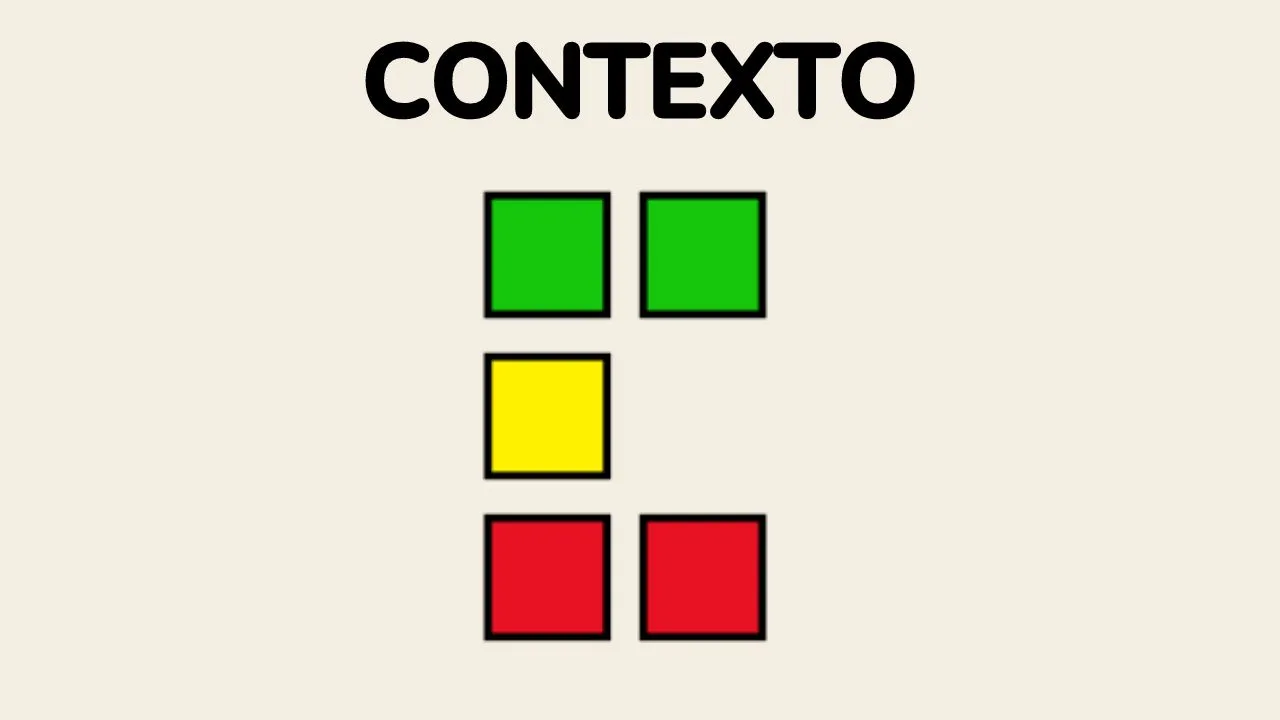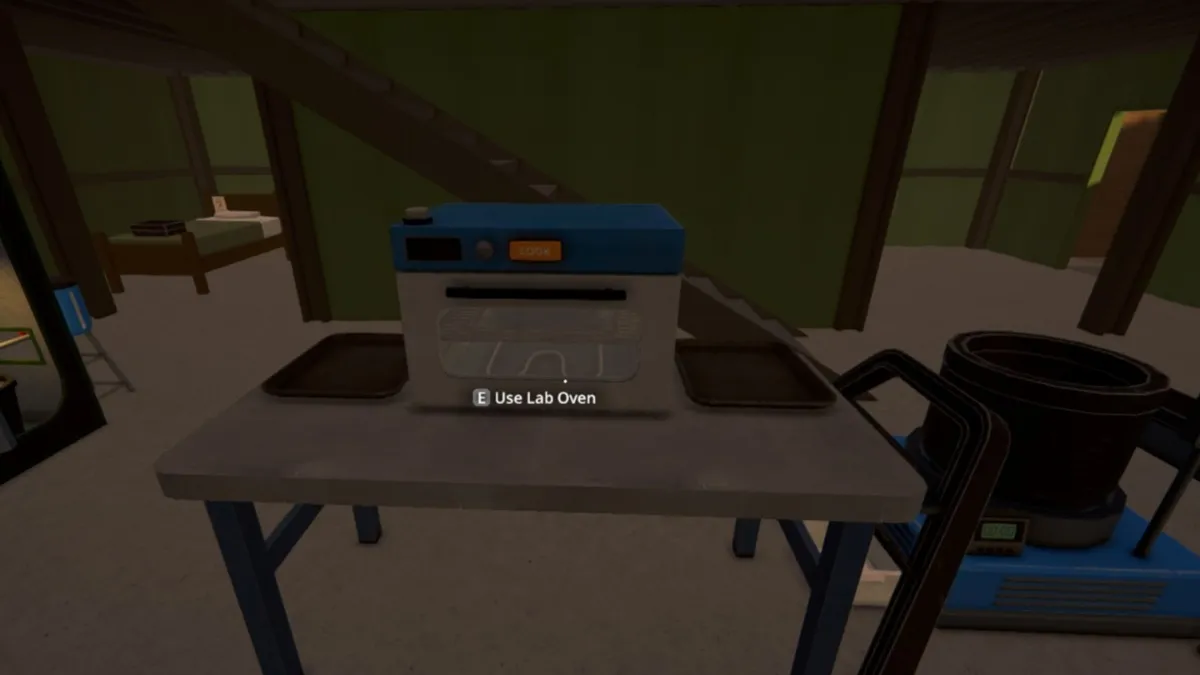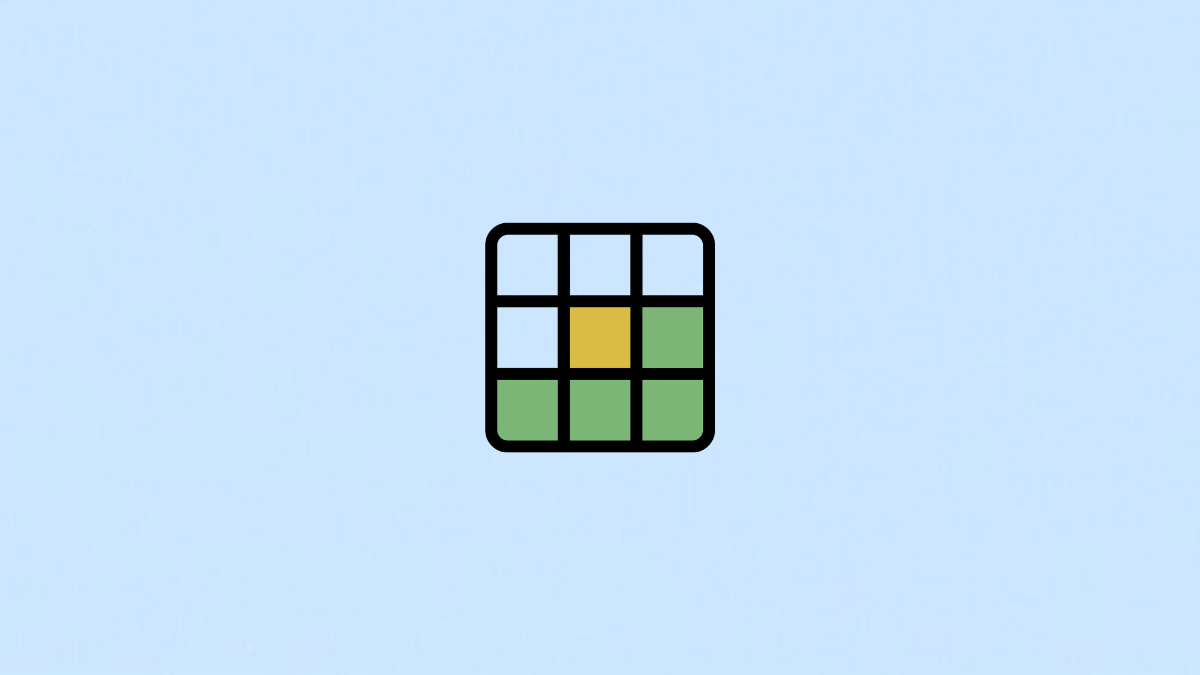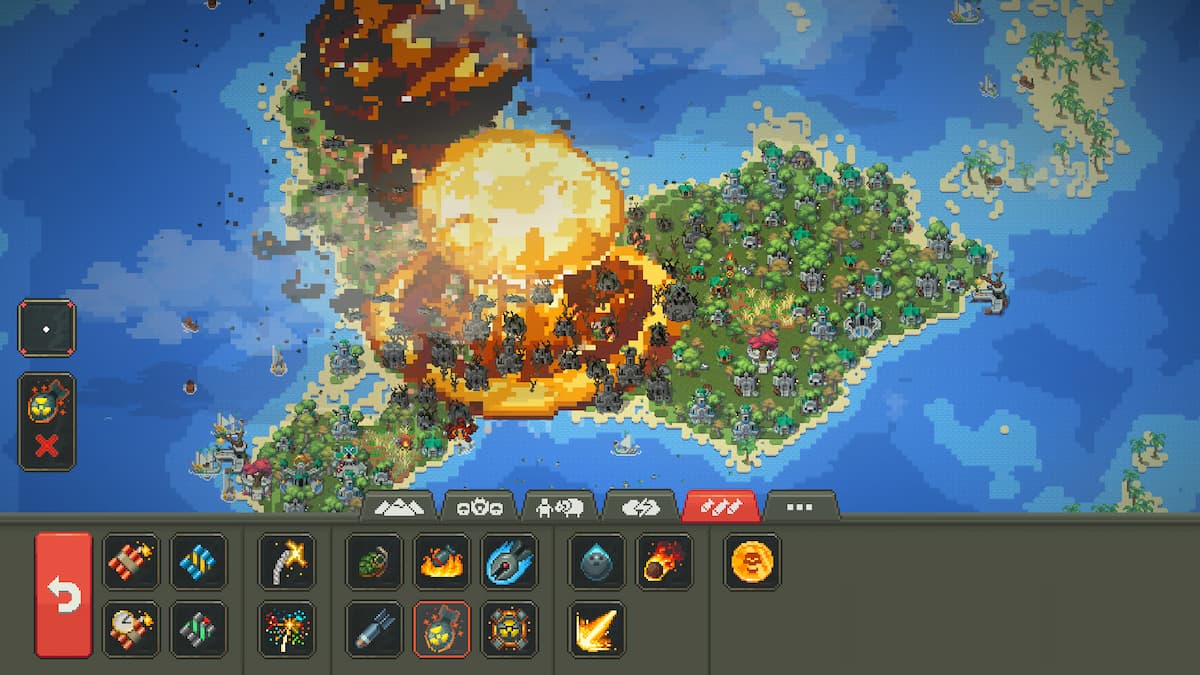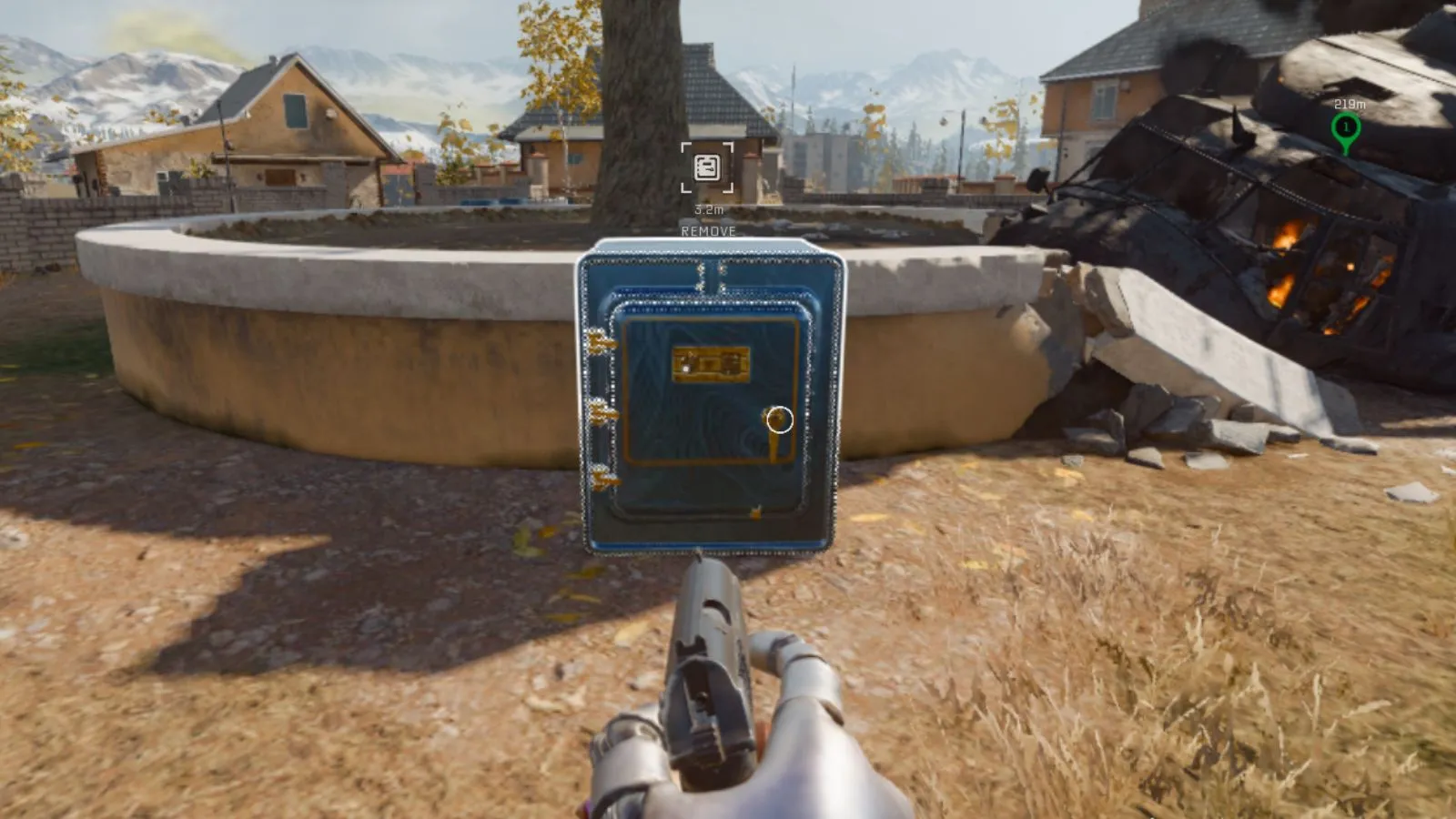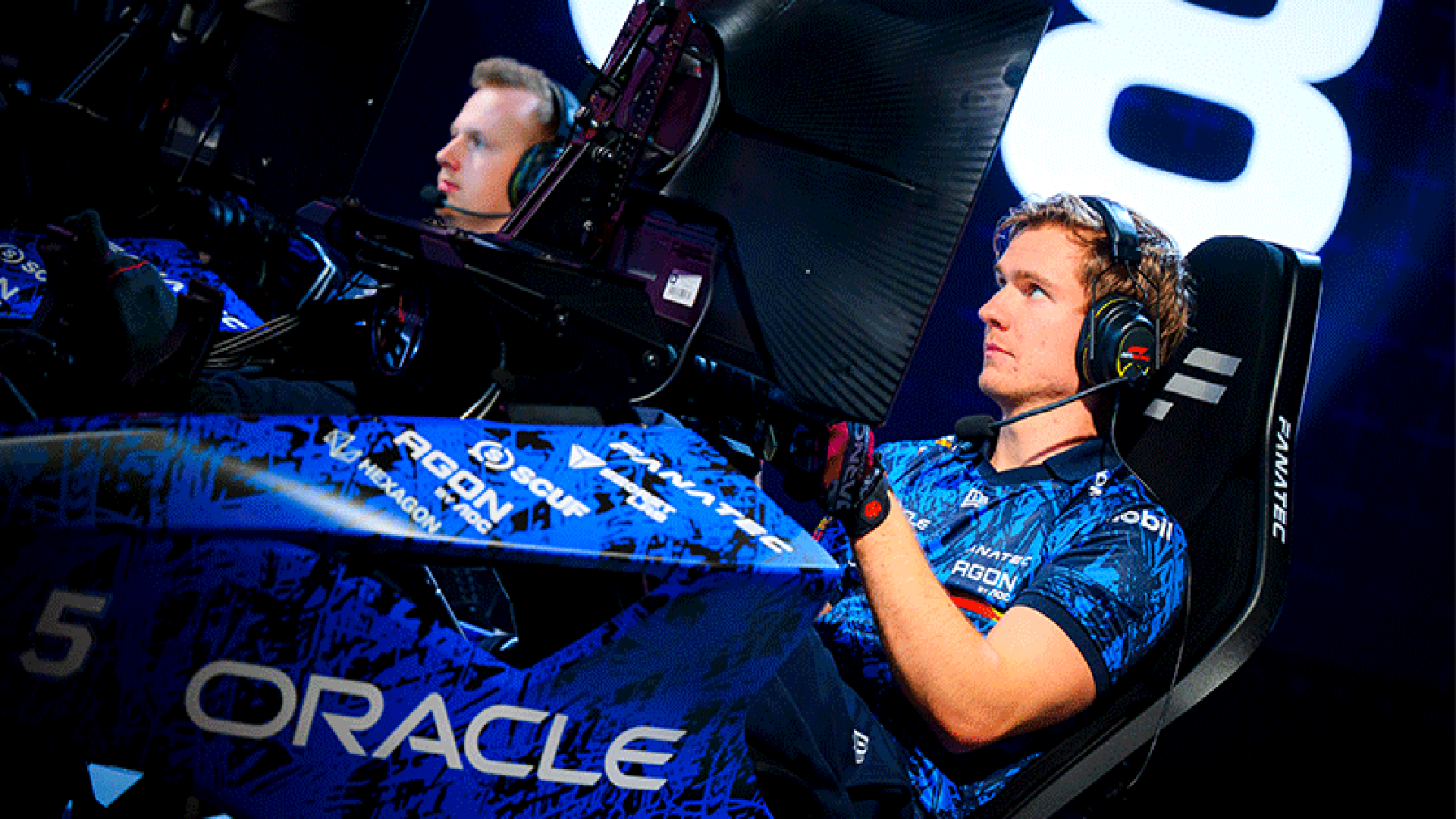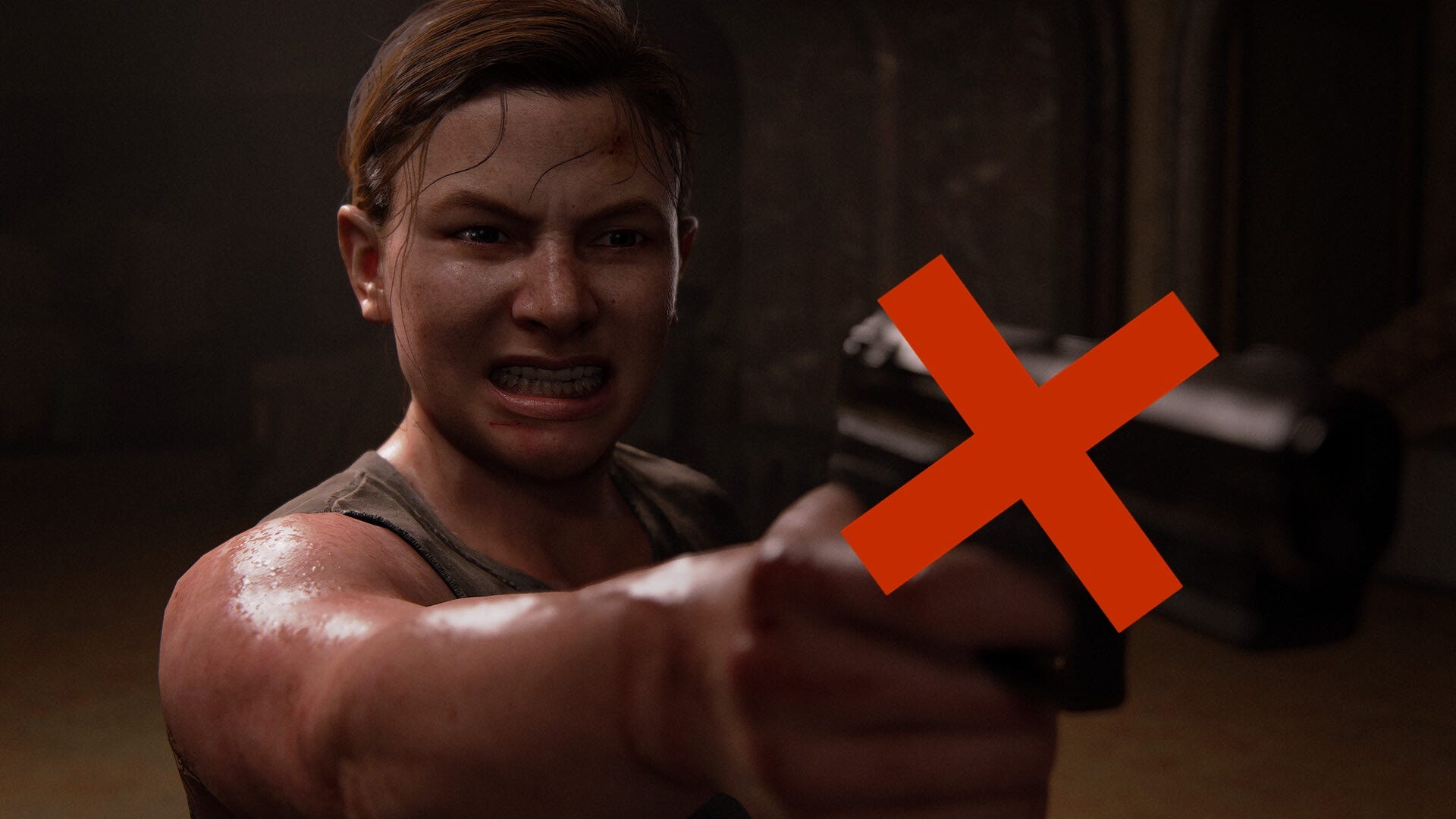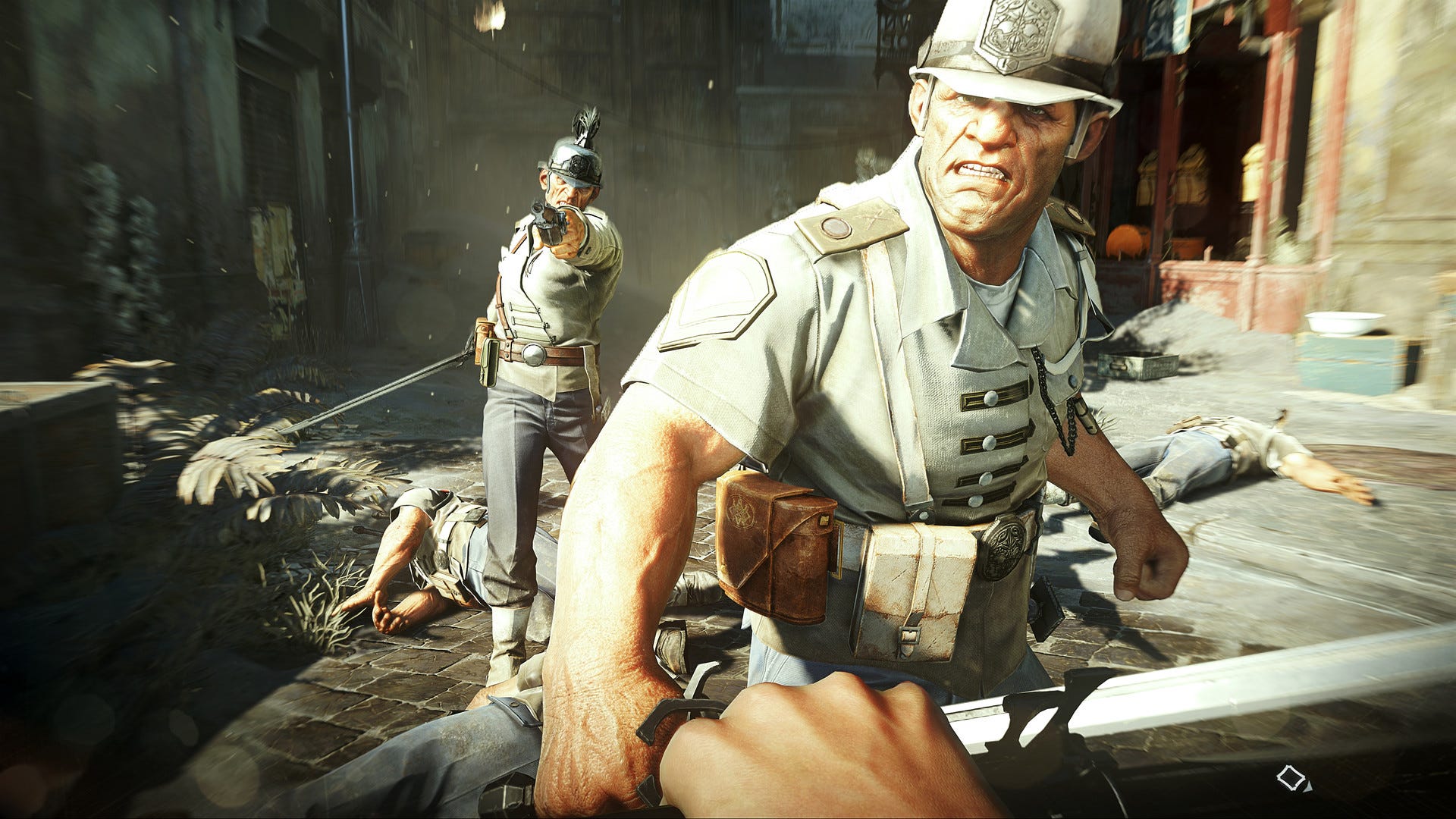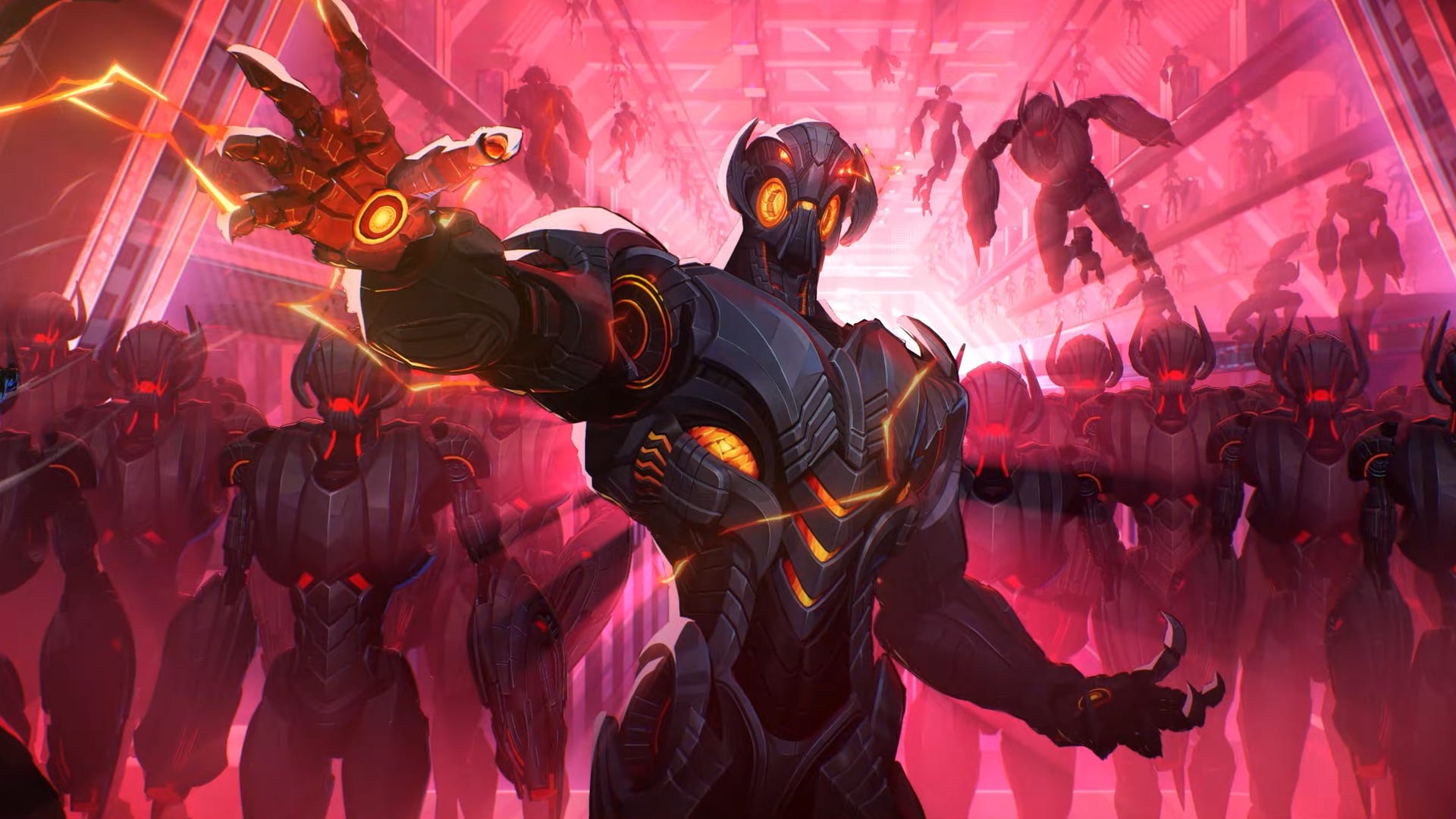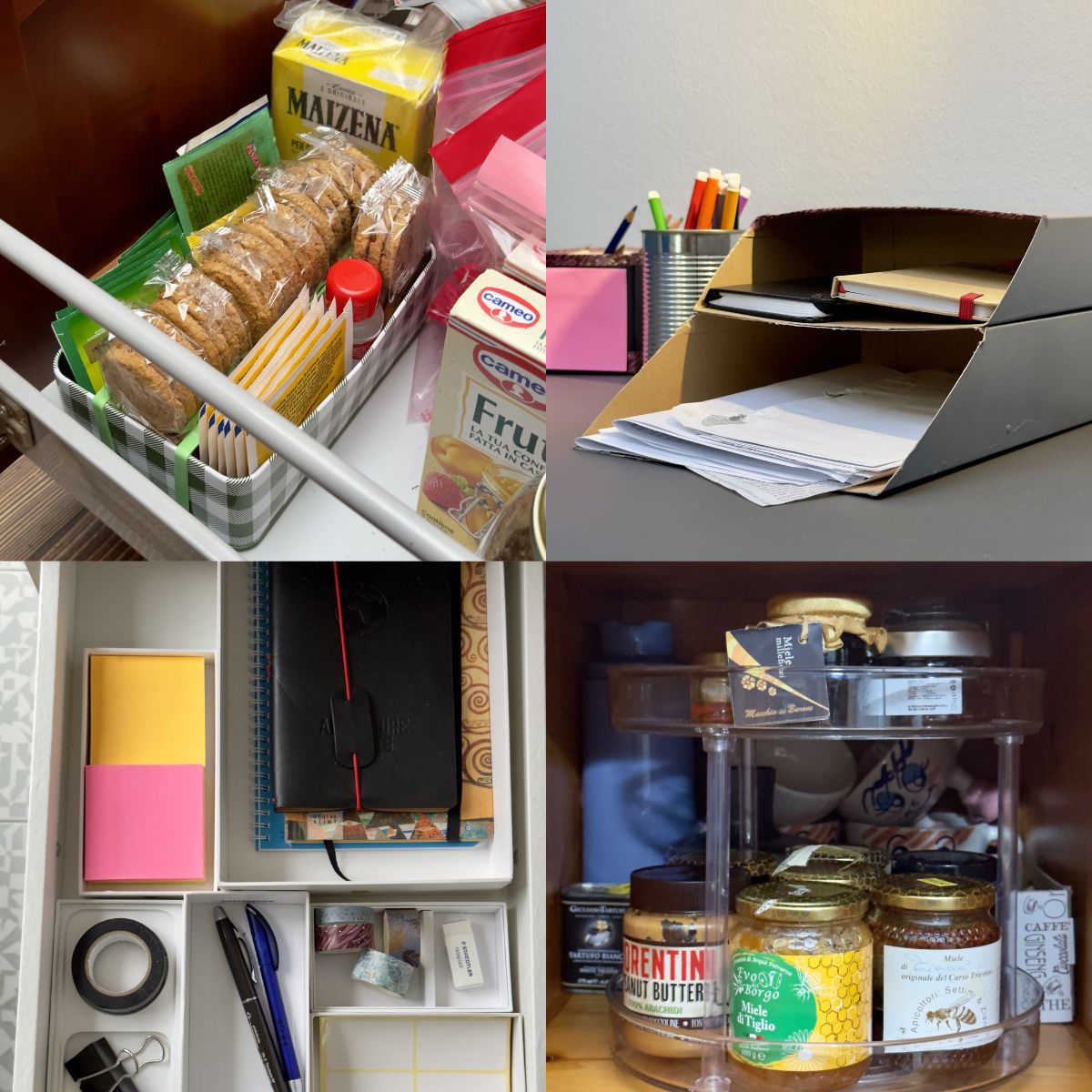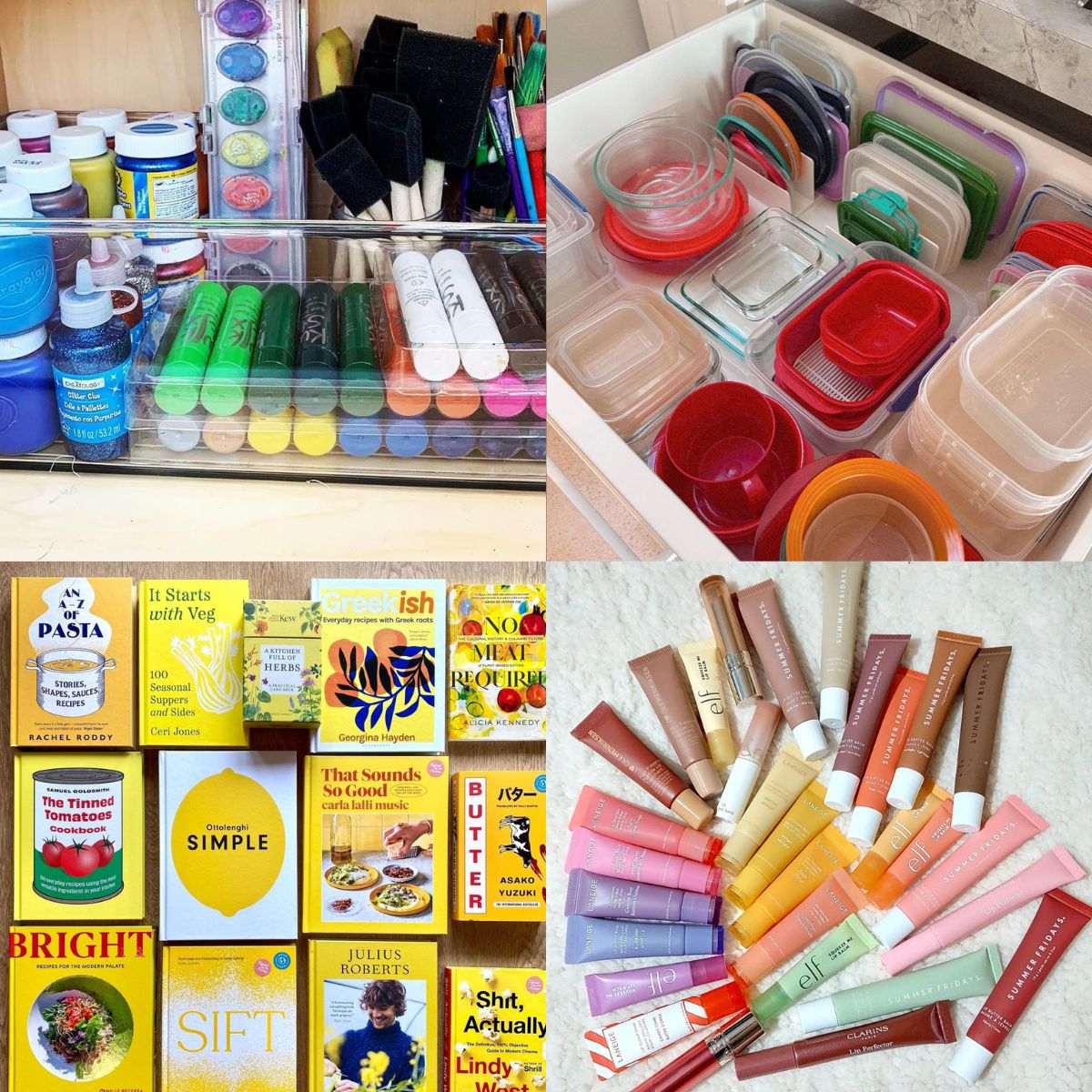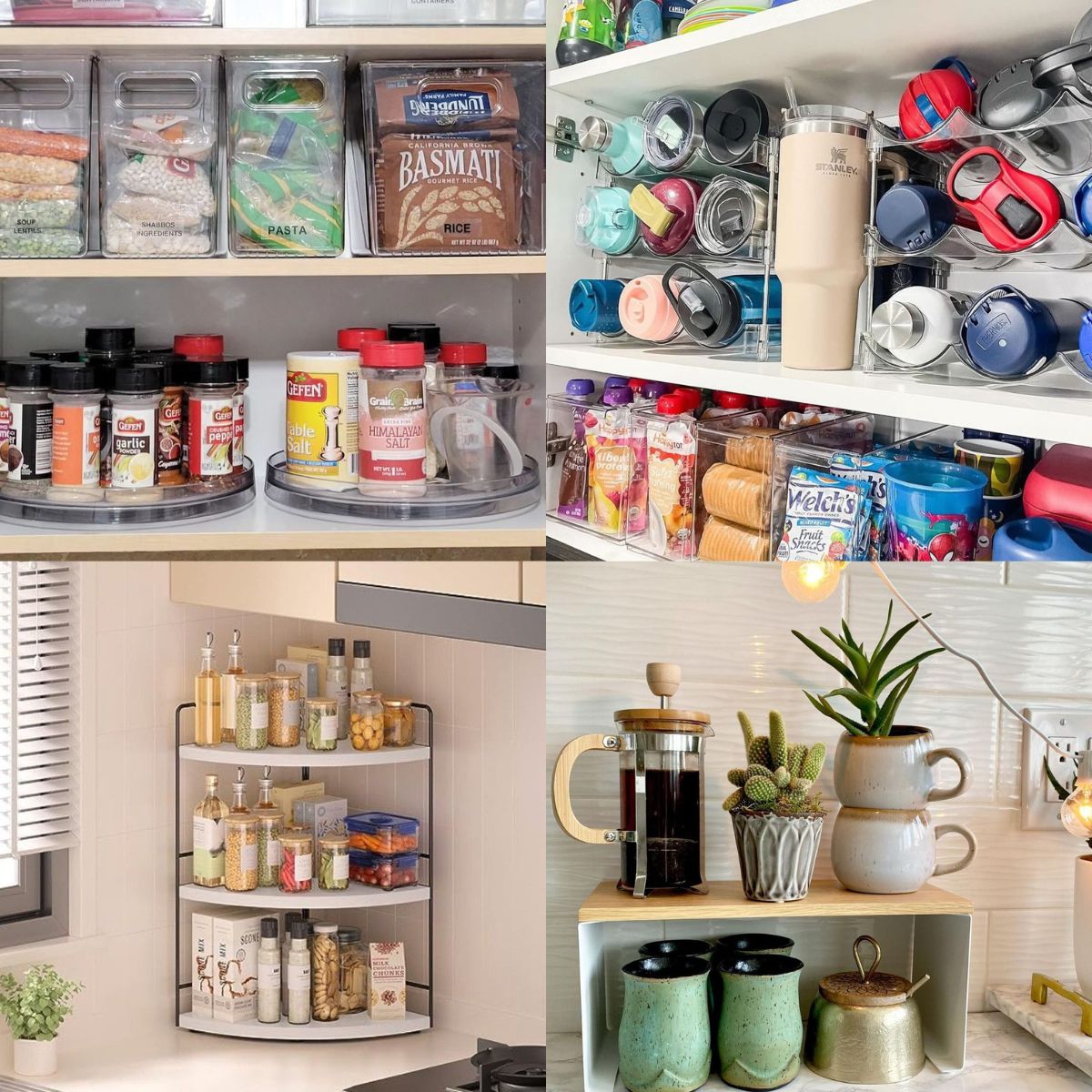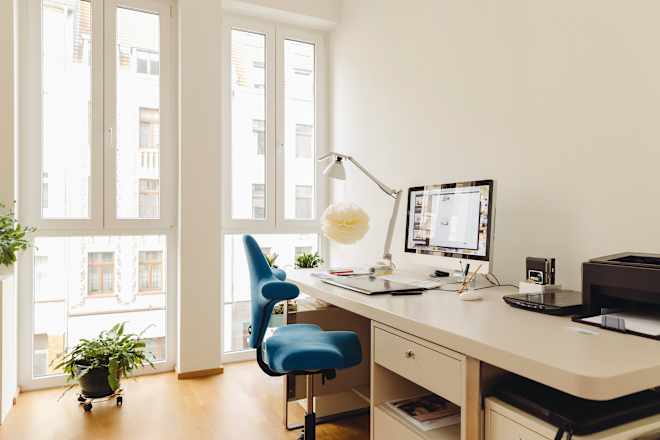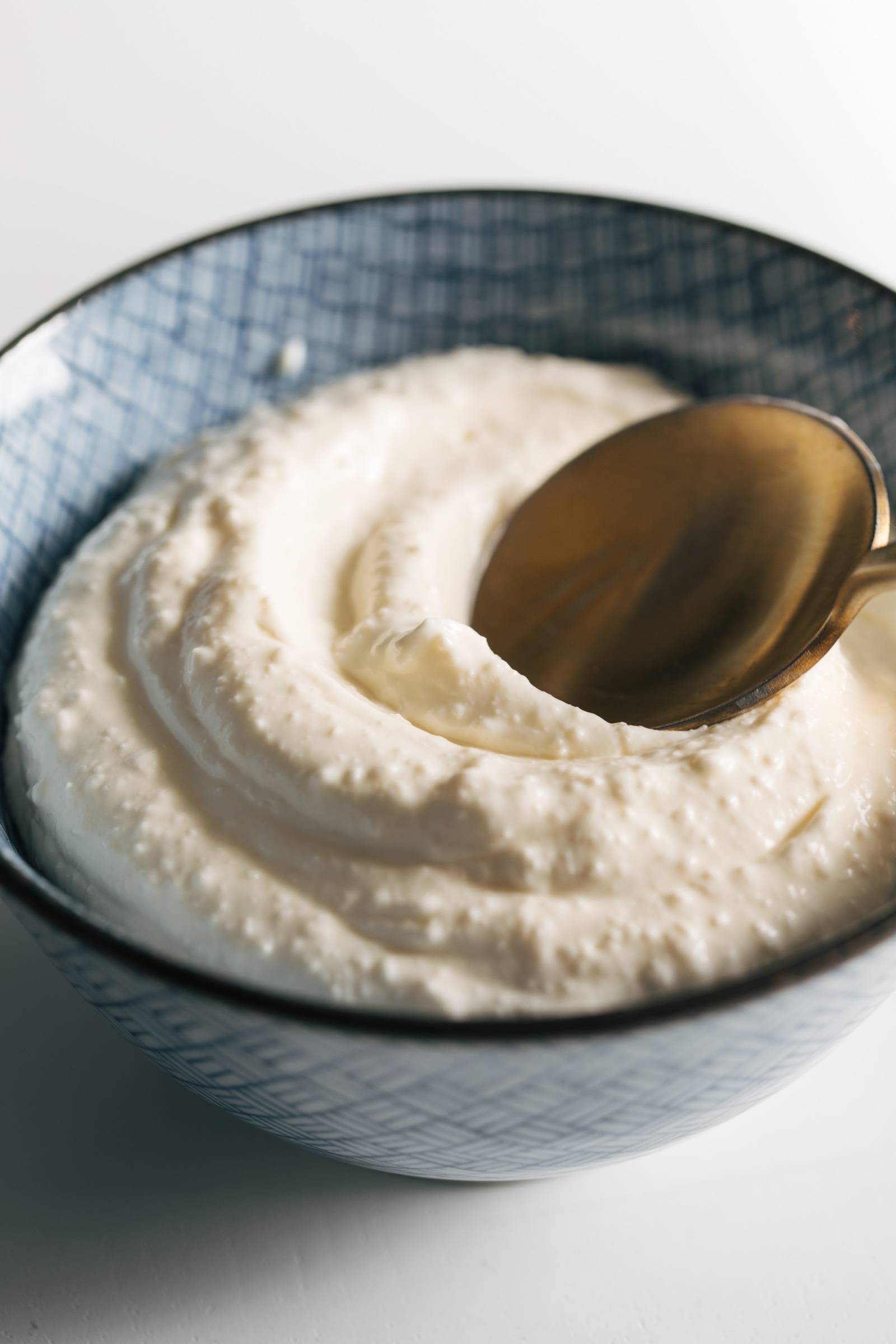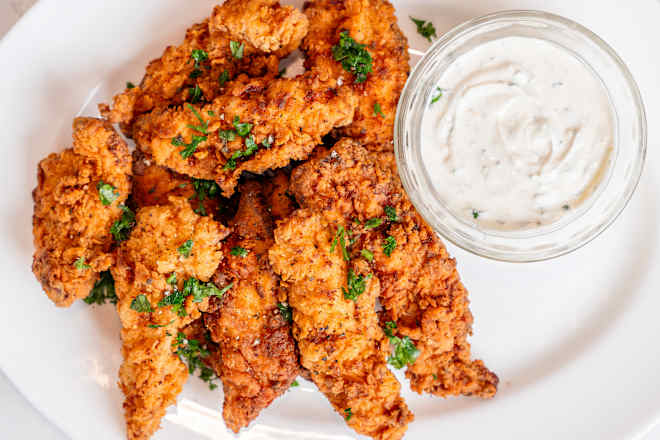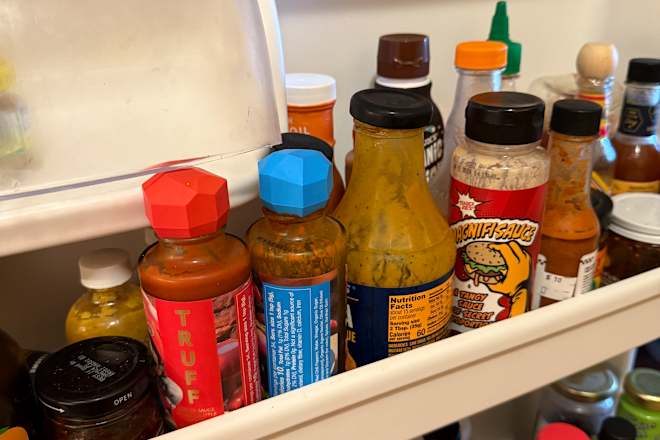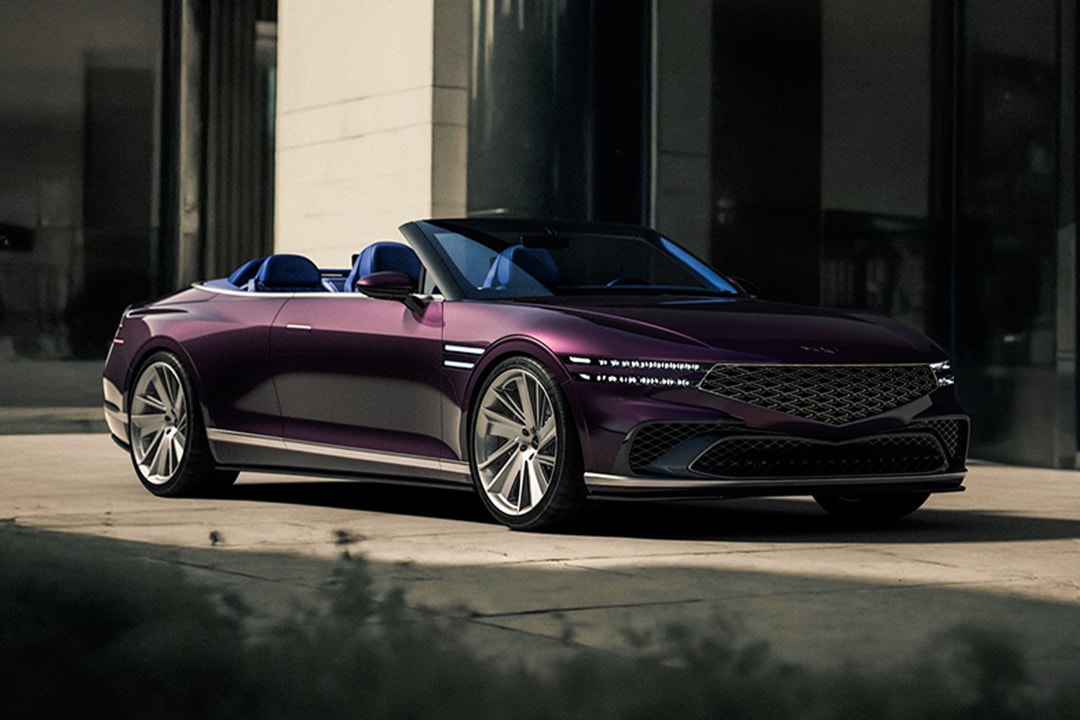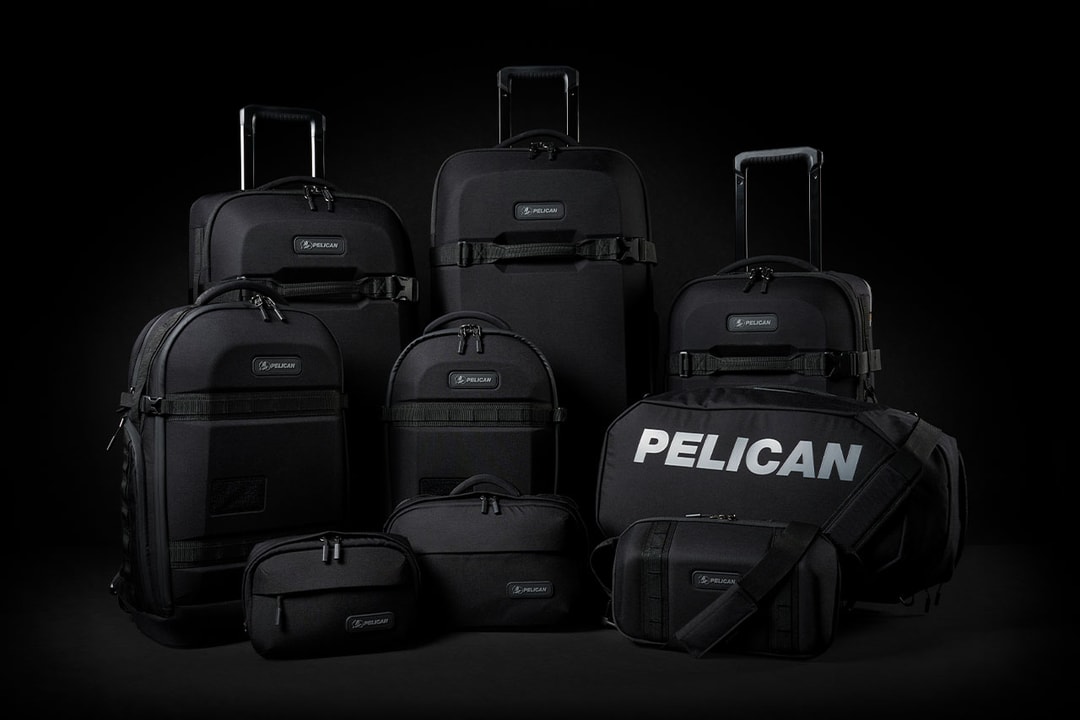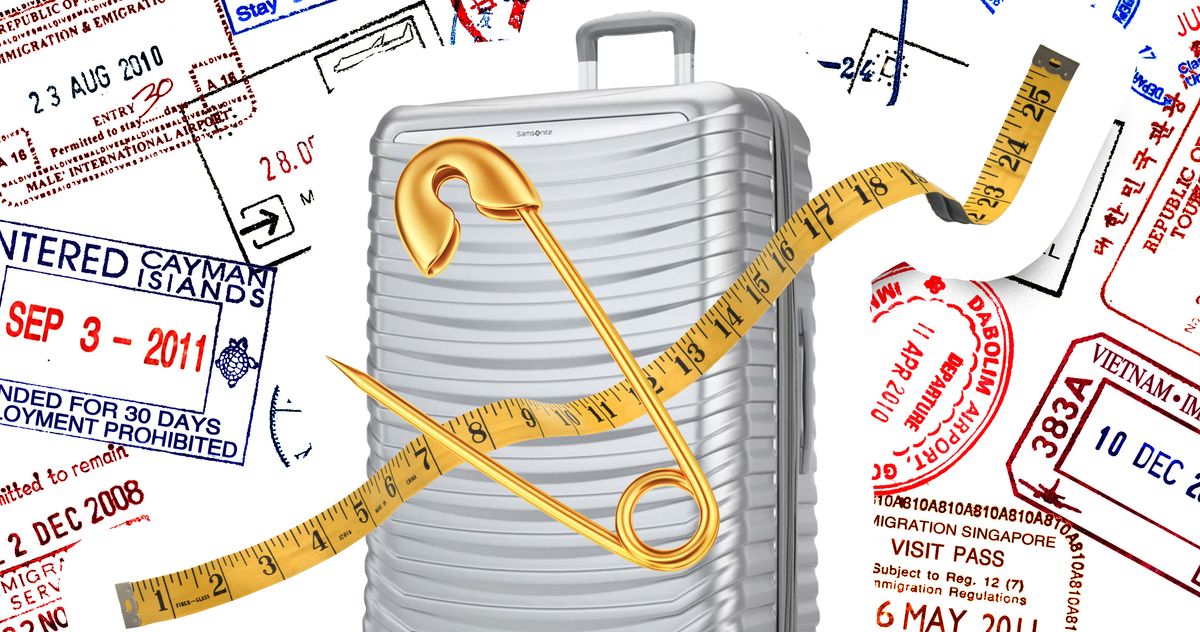Using the Switch 2’s Joy-Con mouse is only kind of like using a mouse
Nintendo announced its Switch 2 Joy-Cons could be used as a mouse — in either hand, even — during its Switch 2 Direct on April 2. Mice and other pointers have been aiding in making certain game movements more precise for decades, so the idea of a console-based mouse is tempting, if it’s implemented well. […]


Nintendo announced its Switch 2 Joy-Cons could be used as a mouse — in either hand, even — during its Switch 2 Direct on April 2. Mice and other pointers have been aiding in making certain game movements more precise for decades, so the idea of a console-based mouse is tempting, if it’s implemented well.
During a hands-on event in New York Wednesday, I was able to test the Joy-Cons’ mouse mode on a few different gameplay experiences specifically designed to highlight it. Nintendo is a company known for unique (or sometimes gimmicky) implementations of control schemes, yet the mouse has had decades of refinement for computer gaming. So some of the experiences I had using the Joy-Con as a mouse felt classic, but some left me scratching my head as to whether it would receive wider adoption.
The new Joy-Con — called Joy-Con 2 — has been given extra heft and sturdiness compared to the first iteration. They fill my hands a bit more comfortably without being too much wider. When I’m sliding them on their sides, it doesn’t seem like they will accidentally tip over. I found that the mouse could also register on different types of surfaces; while Nintendo provided nice, cushy, desk-sized mouse pads to use during demos, I also tried sliding the mouse up and down my corduroy pants to simulate “gamer conditions” of playing in the wild. There really wasn’t too much of a difference, as long as the surface was wide enough to handle a mouse swipe.
For a demo of Metroid Prime 4: Beyond, I used the mouse (while standing at a desk, which felt slightly awkward!) to gun down enemies. The movement felt mostly comparable to any PC FPS I’ve played, though those aren’t usually paired with the lock-on technology Samus still uses in this game. But it did feel fairly natural to aim and look around with the Joy-Con mouse. This was slightly complicated by the fact that the face buttons were now rotated, so finding the right one was less intuitive while trying to scan doors, fire missiles, or activate Samus’ morph ball mode. I felt like I was constantly hitting the wrong button during my demo because of the adjustment.

The end of the Metroid Prime 4 demo featured a boss covered in glowing weak spots that I couldn’t use the auto-lock on, meaning I had to rely on the mouse’s precision aiming — or the lack thereof, due to the removal of lock-on mechanics — to take it down. I wonder how much this will feature in the full game, and if the Switch 2 version of the game will highlight the mouse more than the Switch 1 version.
Meanwhile, in Drag x Drive, using the Joy-Con as a mouse was less about aiming and precision and more about endlessly sliding it. In a game that feels meant to highlight Switch 2 features rather than be fun, I was endlessly swiping with both hands to build speed as a little robot wheelchair user, then swiping one or the other Joy-Con mouse to turn. The idea is easy to understand, but despite it feeling like a smaller-scale version of rowing, I struggled for a bit to figure out how to move smoothly. Thankfully throwing passes to my teammates or making baskets felt very generous, because most of my time with this game was spent just on mastering movement. It’s hard for me to envision setting this game up in a room with the amount of space I might need for the mouse movements, even if I could use my legs instead of a flat surface.
I’m so curious to see this concept extended to other games beyond these demos, as a mouse has so much potential for console gaming. But also, it might require dedicated resources for developers to figure out how to best implement Switch 2’s mouse, as it’s really not like anything else out there, since it can work in either (or even both) of the user’s hands but will still need to accommodate button presses on the Joy-Con as well.

